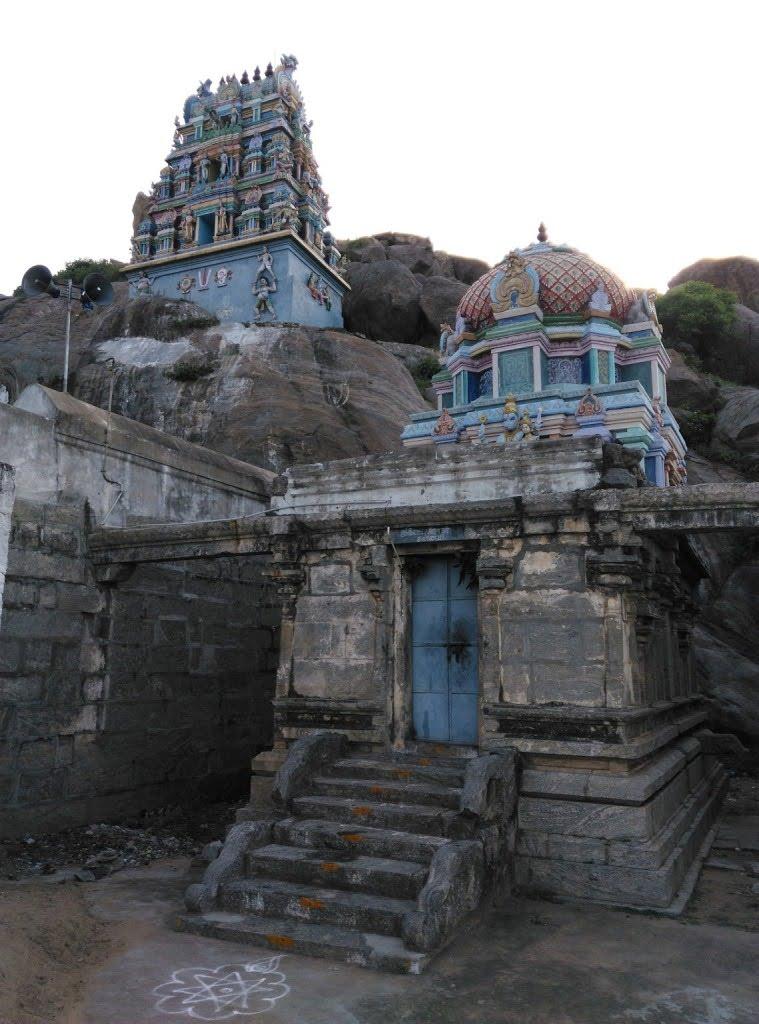Hiranyakasipu and Hiranyaksha, known as the Hiranyas, were Vishnu’s gatekeepers Jaya and Vijaya, born on earth due to a curse from the Four Kumaras. In ancient times, they were born to Diti and sage Kashyapa. Their birth, said to be at dusk, was considered inauspicious. Hiranyaksha was slain by the Varaha avatar of Lord Vishnu, leading Hiranyakasipu to seek immense power through penance. Pleased with his penance, Lord Brahma granted him a boon of near immortality. Hiranyakasipu became invincible and terrorised the world. Meanwhile, divine sage Narada protected Hiranyakashipu’s wife and unborn child, Prahlada, who even in the womb, was influenced by the sage's teachings.
Prahlada, despite being the son of the tyrant Hiranyakasipu, becomes a devout follower of Vishnu. His unwavering devotion angers his father, who tries to kill him but fails each time due to Vishnu's protection. In a fit of rage, Hiranyakasipu challenges Prahlada to prove Vishnu's presence, to which Prahlada points to a nearby pillar. Narasimha, a form of Vishnu, emerges from the pillar and slays Hiranyakasipu. Even after his death, Narasimha's fury remains unabated until Prahlada, at Brahma's behest, calms him with his prayers. Narasimha then appoints Prahlada as king and disappears. The place where this event occurred came to be known as Singavaram, with Prahlada's idol enshrined there.
